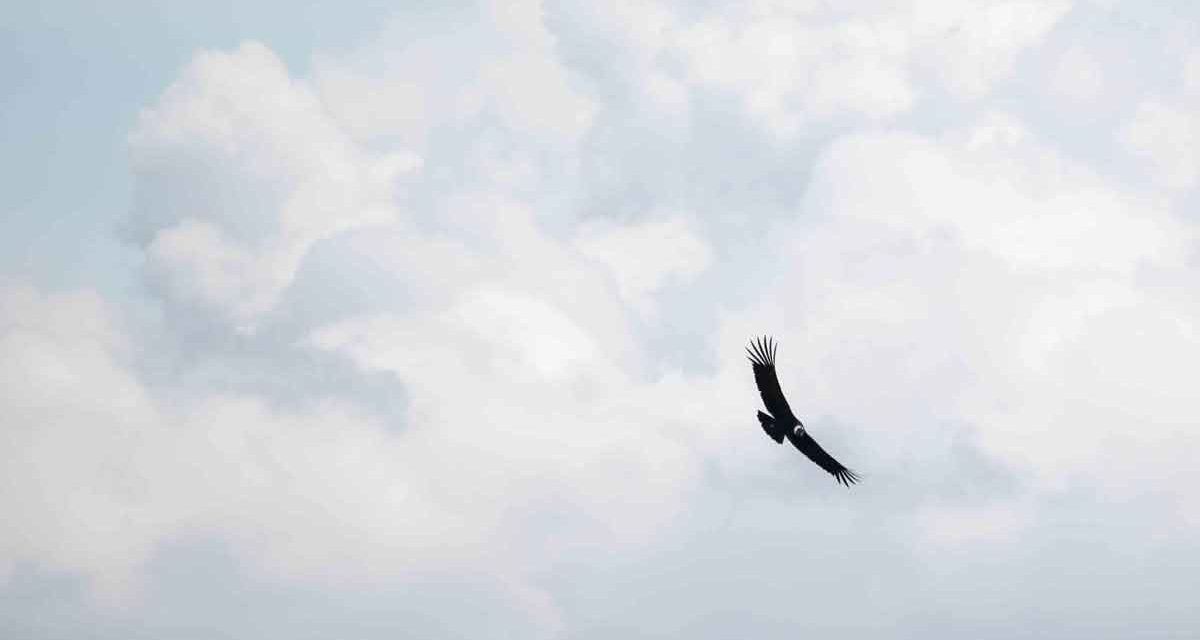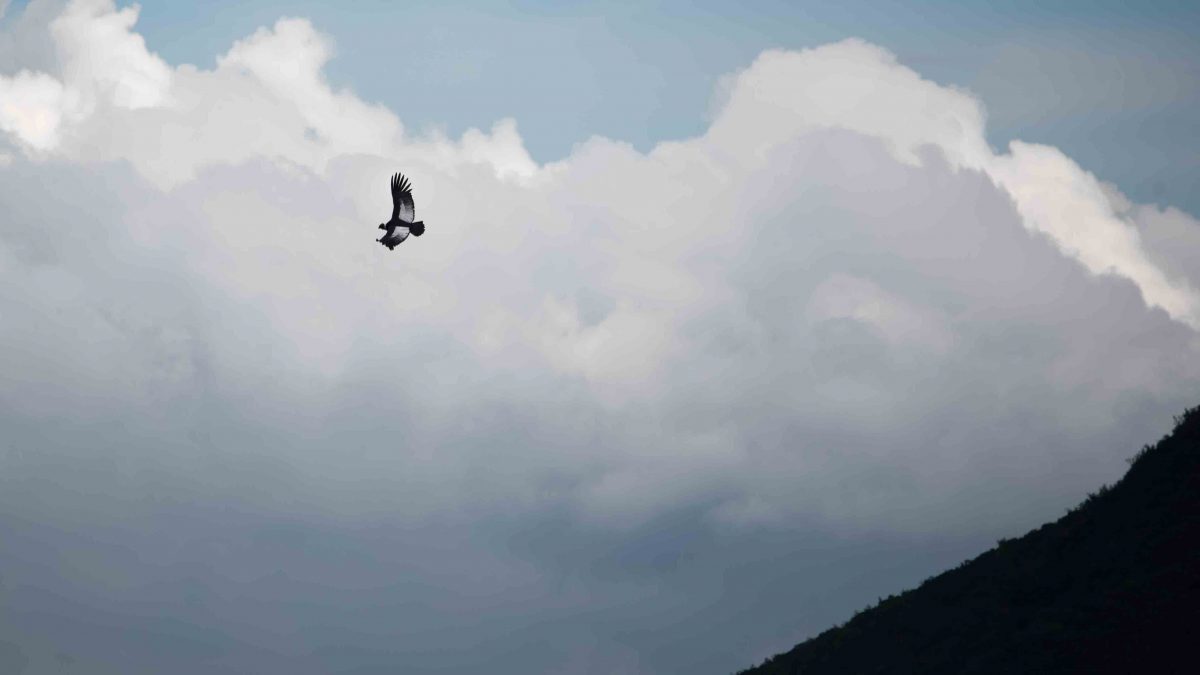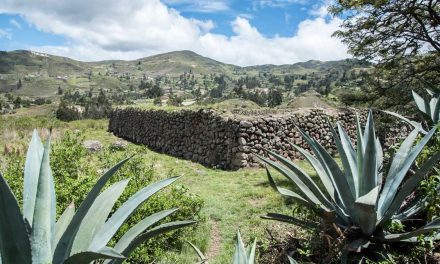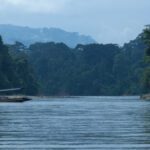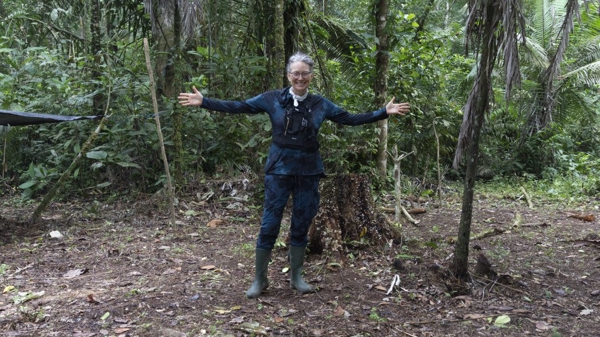As responsible travelers evolve, so do the stories we share.
This article is part of our living archive — trusted content we continue to care for.
First published on Junio 5, 2025 • Last updated on Junio 5, 2025.
The spectacular Andean Condor is the largest flying bird in the world, with a wingspan of up to 10.5 feet. While this bird’s habitat spans several borders from Colombia to Argentina, there are only a few locations where populations are healthy.
One of those is on the slopes of the Antisana Volcano near Quito, Ecuador. If you want to observe these birds in flight in Ecuador, we recommend visiting Tambo Condor, where most of the photos in this article were taken. Other nearby locations to visit are the Chakana Reserve and Antisana National Park.
Read on to learn more about this amazing bird!
Biology of the Andean Condor
As its Latin name suggests, the Andean Condor (Vultur gryphus) is a type of vulture. It comes from the family of New World Vultures. Like other vultures, it has a featherless head, hooked beak, and primarily black feathers. And, of course, it scavenges its food!
With a ruff of soft white feathers around its neck and white leading feathers on its wing, the Andean Condor has a majestic beauty that other vultures lack. Male birds also have a large crest on their forehead that can help determine the age of the bird. It is believed that Andean Condors can live as long as 50 years.

These birds mainly live above 5,000 feet where they nest in hard-to-reach, rocky terrain. Egg laying tends to take place in February or March, incubation is approximately 2 months, and young birds take flight around September and October.
They prefer open grassy areas to spot carrion, from deer to cattle, rabbit to garbage… anything that smells ripe. However, unlike the Turkey Vulture which smells its next dinner, the Andean Condor uses its excellent eyes and extreme height to spot its next meal.
They often fly hundreds of meters overhead, riding thermals and rarely flapping their wings. They can soar for hours on end. In fact, many a tourist has probably seen an Andean Condor in the sky but never recognized the distant black dot. Even with their huge size, they are eclipsed by majestic mountain peaks and huge expanses of sky.
The Andean Condor Is Under Severe Threat
In 2020, the IUCN declared the Andean Condor vulnerable, under greater threat than ever before. Many birds have been poisoned from eating the carcasses of hunted animals, presumably from the lead shot. Others have been shot themselves, seen by local farmers as a danger to their livestock. One of Tambo Condor’s goals is to build an Interpretive Center for local children and their families as well as international guests. They will learn common myths and misinformation about the Andean Condor as well as its role in traditional Andean cultures.
The Condor in Andean Culture
The condor has been important to Andean culture since at least 2500 BCE when it appeared in ancient tapestries and pottery. Its bones were used to make flutes and its feathers are still used by shamans to promote healing. Some countries have granted protective status to prevent hunters from killing the bird for its modern-day commercial value. Yet, as recently as 2014, a man was arrested for killing Felipe, the first Andean Condor to be tagged in Ecuador.
The word condor comes from the Quechua word, kuntur, and it was part of the Incan trifecta alongside the puma and the snake. After the arrival of the Spanish Conquistadors, the Andean Condor became a symbol of the native peoples of South America.
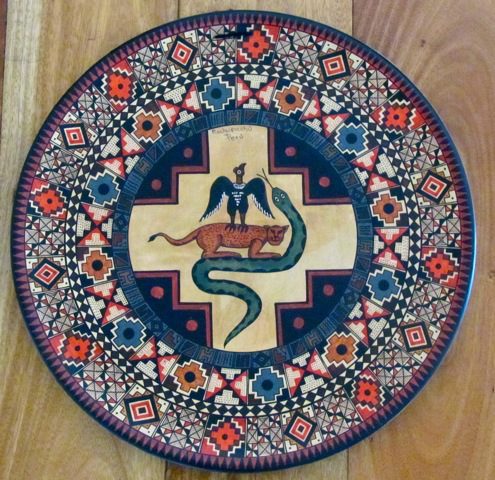
On the Plaza Grande in Quito, Ecuador, an Andean Condor holds a broken chain over a roaring lion standing on a fallen standard and destroyed cannon, symbols of the successful revolution against Spain. Ecuadorian artist, Oswaldo Guayasamin painted different versions of condors attacking bulls, another symbol of Spain. This common subject is not just symbolic; it comes from the practice of tying a wild condor to the back of a bull. This ritual is practiced each July by an indigenous community in Peru. It is a bloody spectacle meant to celebrate independence. Again, education about the Condor’s threatened extinction is necessary throughout rural Andean communities.
King of the Andes
In Ecuador, the Andean Condor is called the King of the Andes and is celebrated on July 7th. The bird holds a prominent position on the national flag, with wings widespread and talons holding the nation’s shield. The condor is protected by law but there is a long way to go.
One step in the right direction has been to protect the lands where the condors nest. In Ecuador, this is a public-private partnership. In Ecuador are anywhere from 140 to 270 Andean Condors in the wild, with many nesting in cliffs not far from Laguna Mica, only a short distance from the capital city, Quito.
In Peru, the latest estimate from 2022 is 301 Andean Condors in the wild. And Colombia, a 2021 census counted 63 Andean Condors. Both of these are the very first censuses conducted by these countries. That in itself is a good sign.
However, Andean Condor populations have a long way to go before they are truly safe. Do what you can to help – visit locations like Tambo Condor and the Jocotoco’s Chakana Reserve and support their efforts to educate, protect, and conserve.

